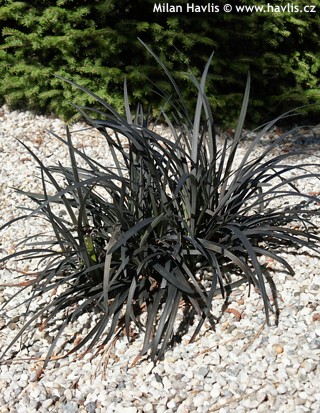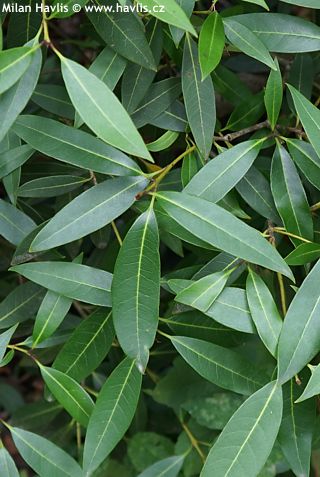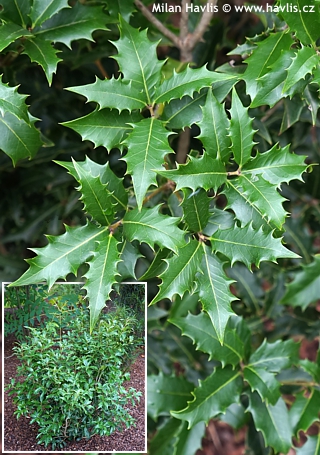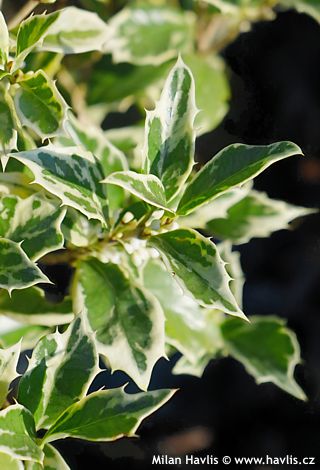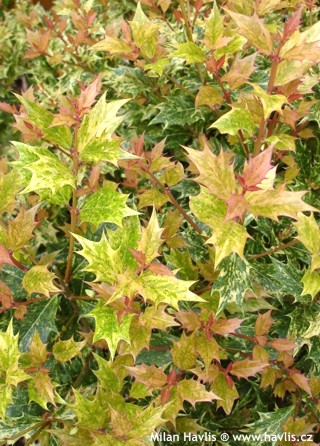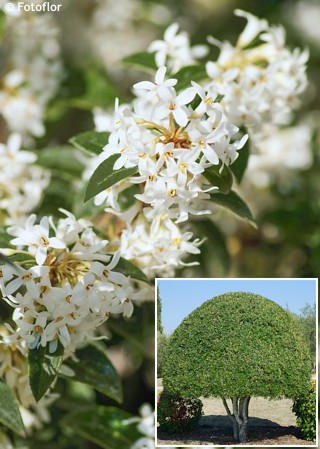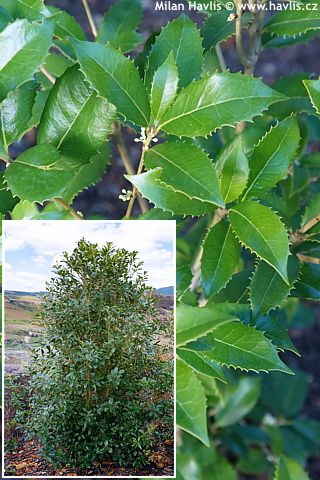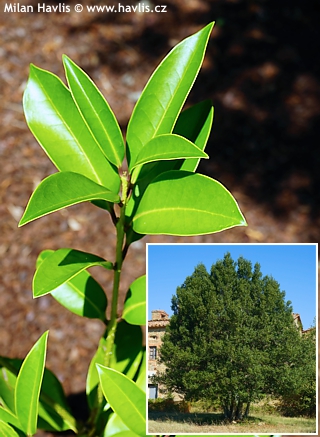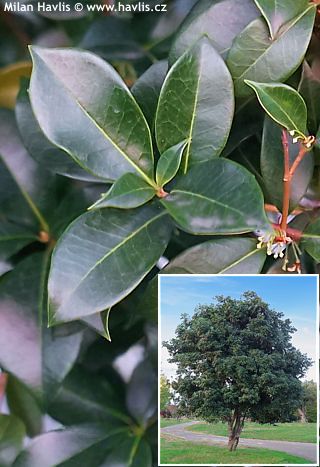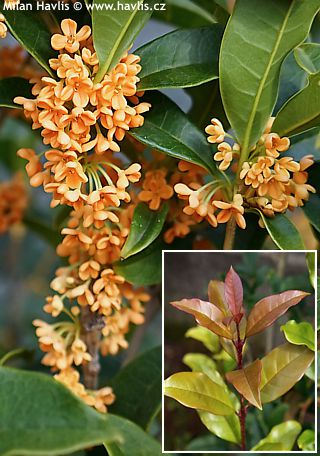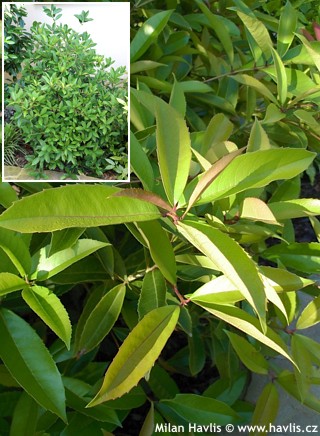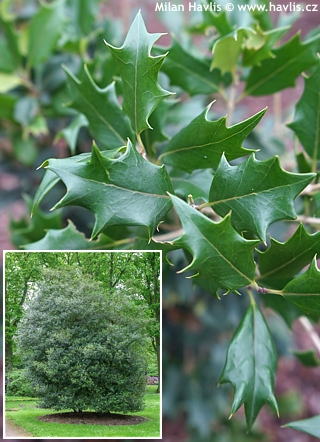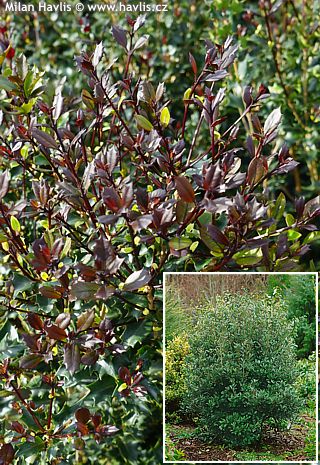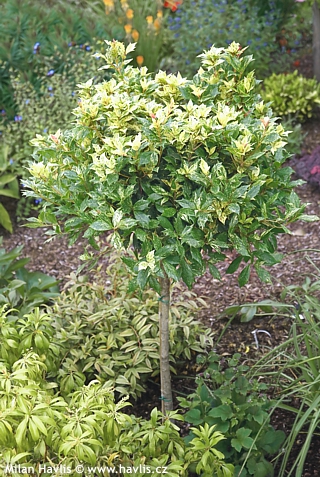CURRENTLY IN STOCK:
Mondo grass is a highly attractive evergreen perennial from China and Japan. It is cultivated for handsome, strap-like foliage. Niger is a variety offering narrow, flat, grass-like leaves of extremely deep purple, almost black leaves. In midsummer appear small, light pink flowers on short stems foll ...

VII - VII

0,2 - 0,3m

0,3 - 0,4m

full to partial sun

7 (down to -23°C)

for zone 5+6

for zone 7
Turkey olive comes from Asia Minor where it was first found in the region of Lazistan (Turkey and partly Georgia) at the Black Sea coast. It is a warm and humid subtropical climate without winter frosts, but with enough precipitation during autumn and winter, i.e., large-leaved evergreen trees thriv ...

IV - V

2 - 4m

2 - 3m

full to partial sun

6b (down to -21°C)

for zone 5+6

for zone 7
Gulftide is an American variety of holly osmanthuswhich originated in Gulf Stream Nursery in Virginia, possibly in 1980’s. It is easily distinguished by heavily serrated / spiny leaves and more uniform, dense growth. Its evergreen leaves are 5-8 cm long, deep green, and glossy. In spring they ...

IX - X

2 - 4m

1,5 - 2,5m

full to partial sun

5b (down to -27°C)

for zone 5+6

for zone 7
This osmanthus has elegantly varigated leaves which look similar to holies but are smaller. The leaves are spiny but not as sharp as on common hollies. The varigation is creamy white on pale green background, new growth is pink. To maintain a compact shape we recommend cutting it 1-2x a year. First, ...

1,5 - 3m

1,5 - 3m

full to partial sun

7 (down to -23°C)

for zone 5+6

for zone 7
If you like spiny leaves and colours, this variety of holly osmanthus is a must have in your collection. Its name is Goshiki and you are right to assume that it comes from Japan where its name means 'Five Colors'. It was chosen not only for its spectacular colour, but also for its excellent toleranc ...

0,5 - 1,5m

0,5 - 1,5m

full to partial sun

5b (down to -27°C)

for zone 5+6

for zone 7
Burkwood's sweet olive is a garden hybrid between Chinese osmanthus delavayi and Turkish osmanthus decorus. It is more beautiful and tougher than either of its parents. It boasts dense habit, profuse flowering, and handsome foliage. Evergreen leaves are leathery, ovate, 3-5 cm long, medium green, gl ...

IV - V

1,5 - 3m

1,5 - 3m

full to partial sun

7 (down to -23°C)

for zone 5+6

for zone 7
San Jose is a Fortune's osmanthus variety developed by an influential American breeder Walter Bosworth Clarke in his nursery in San Jose, California, and introduced in 1941. It is a mid-sized shrub or a small multistemmed tree with leathery, deep green, and glossy leaves with serrated rather than sp ...

X - XI

2 - 4m

1,5 - 2m

full to partial sun

7 (down to -23°C)

for zone 5+6

for zone 7

































